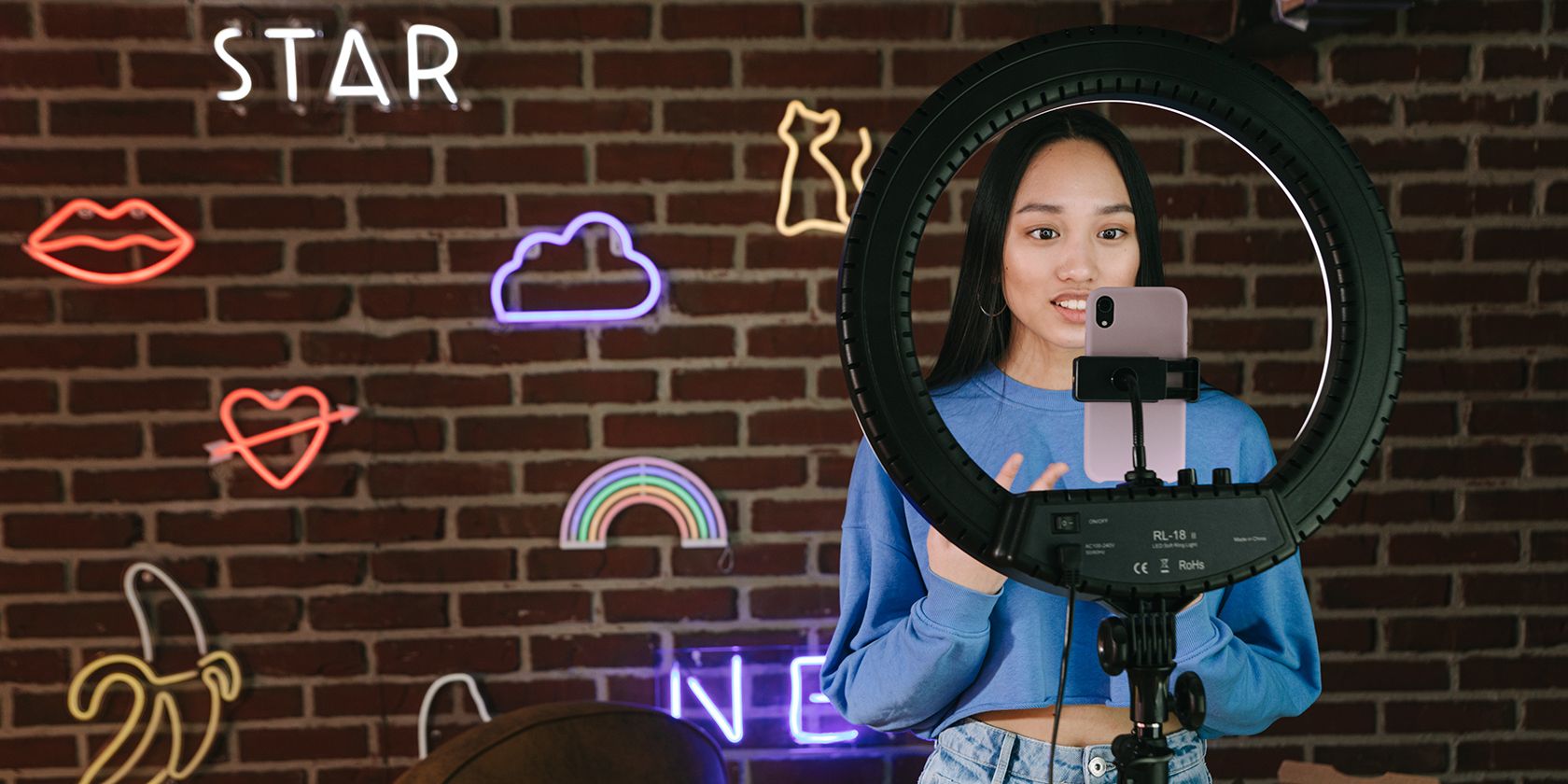The internet can sometimes feel like unregulated chaos, with videos, photos, articles, and memes getting passed around without much consideration for their origin. Before the explosion of creative platforms and mainstream social media, Snapchat, TikTok, Instagram, and Canva, it was harder to create and share video content so flippantly, with such ease and speed.
Videos were created offline and were then published on video platforms or hosted on creators’ websites, which meant viewing a video typically included being led back to the person who made it.
Nowadays, people are watching TikToks on Instagram, splicing together YouTube clips for their own reaction videos, sharing Snapchat content that disappears, and everything in between. It’s a wild world of co-creation, sharing, and riffing. If it weren’t for the watermarks on some videos, you may not even know that the clip your favorite influencer was reacting to was originally from a prominent figure on TikTok.
Not everyone is diligent with sharing sources and inspiration, many people repost and share regardless of whether there’s attribution. Although it’s true that the moment you create something, it’s your intellectual property, there’s an easy way to emphasize that: watermarks.
If you’re working for a brand, publishing content as an independent creator, or just want to ensure that your intellectual property is thoroughly protected, you’ll want to consider watermarking your videos with your logo, name, or brand.

Movavi Video Suite
Movavi offers a powerful video-editing software bundle that includes a video editor, file converter, screen recorder, and other goodies to turn you into a true content guru.
Watermarking Videos on Social Media
TikTok knows what’s up when it comes to watermarking—every video created on the social media platform is automatically branded with the TikTok logo and the creator’s username. Every time someone downloads a video from TikTok and shares it or republishes it, say, as an Instagram Reel, it’s immediately clear where the video was created and who made it.
This was a brilliant piece of early branding on behalf of TikTok, and because it was like that from day one, nobody seemed to question it. Imagine the uproar if Instagram were to start putting a Meta watermark on all the photos and videos that were published in the app.
When Instagram Reels debuted in 2020, they were meant to compete with the explosive popularity of TikTok. However, as TikTok continued to thrive, Instagram Reels turned into a promotional feed for TikToks, with users recycling videos and reposting them, always with that essential TikTok watermark.
In 2021, Instagram announced that it was shifting its algorithm so that TikToks being republished as Reels (recognized as such because of the TikTok watermark) would not be promoted and recommended to users by the app. It goes to show that watermarks are a powerful tool for branding, whether you’re a massive tech company or an up-and-coming creator.
Protecting Your Intellectual Property
Adding a watermark to your video content is a great way to help protect your original work. You don’t need to file for copyright or do anything to establish your legal ownership—any original content that you create is automatically your intellectual property. Even still, there are people who have no qualms about taking others’ content and masquerading it as their own.
Adding a watermark gives your videos that extra visual reminder that says: this is mine and don’t forget it.
Using a watermark also adds another barrier for unauthorized use, making it more difficult for someone to republish your content under their own name when it already bears your logo. Depending on the method used to remove or obscure a watermark, it will usually leave a mark, blurry spot, or detract from the image in some noticeable way.
A watermark serves as an excellent deterrent to anyone planning to lift your content, even if they have more sophisticated means to remove it. According to the Digital Millennium Copyright Act, it is illegal to remove someone’s watermark from their work, making it all the riskier and most costly to steal a watermarked video versus any other.
Increasing Brand Recognition
Adding a watermark to your videos is not solely about preventing theft and misuse. Imagine how differently things would have played out if all those TikToks didn’t have watermarks on them in the app’s fledgling days. How might that have affected TikTok’s growth?
Would certain creators have not gained as much popularity if everyone viewing their videos outside the TikTok app had not seen their usernames and known where they were making their videos? Branding your content is just as important for newbies as it is for established companies with large followings.
Once your work is out in the world, you have little to no control over how it’s shared and where it ends up. One of the most powerful things you can do with your videos is branding them with a watermark, so that, no matter where they’re being watched, the viewer can find their way back to you and more of your work. With a watermark, proper attribution follows your video wherever it goes.
Some subtle branding can go a long way, especially if you’re trying to catch the eye of potential collaborating partners, clients, or customers. Even if the people sharing your videos aren’t giving you proper credit, the watermark does the job for you. It’s a great way to get your name out there and increase your brand recognition.
Pros of Using Watermarks on Videos
Using a watermark on your videos has a lot of positive aspects. Some of the biggest reasons to use a watermark are:
- Reinforces that this is your intellectual property
- Increases brand recognition
- Deters theft
- Has legal consequences if it’s removed
- Provides attribution for your work when others don’t
Cons of Using Watermarks on Videos
Meticulously watermarking all your video content could create the impression of paranoia, as though you’re actively fending off thieves and shady content creators. However, given the prevalence of digital theft, few people would fault you for being prudent with your intellectual property.
Depending on the type of video content you’re working with, a watermark could interfere with the visuals. Most watermarks are placed in corners, making them subtler, but they can still obscure aspects of your video or distract from the viewing experience. Watermarking photos is an entirely different conversation and one that is somewhat contentious when it comes to distracting from the art.
If you don’t have good video-editing software like the video editor by Movavi or Shotcut, adding a watermark to your videos could be tricky and come out looking unprofessional. If you’re going to do it, you want to do it properly.
Should You Use Watermarks on Your Videos?
There are few true cons when it comes to adding a watermark to your videos. As long as you have a no watermark video editor to edit your content, you can confidently add and customize your own watermark.
How to Watermark Your Videos
The first step to watermarking your videos is getting video-editing software. Thankfully, there is free video editing software that can help you get the job done. Depending on what kind of features and tools you need, you can keep using the free version or level up to a subscription.
Adding an image or text watermark to your videos is easy. The final product is a professional branding stamp, making it clear to the audience who owns the content. Using the opacity slider, you can make your watermark as prominent or subtle as you prefer, and you can feature it throughout your entire video or only in select clips.
Alternatives to Using Watermarks on Videos
If you’re wary about adding a watermark to your videos but still want added protection, your other options are encrypting your content or adding Digital Rights Management (DRM). These are much more complicated and time-consuming than adding a watermark and require far more knowledge, technical expertise, and software.
If your video content is stolen or misused, you can always take legal action. Although your content is your intellectual property, it’s not legally copyrighted. In the case that you need to sue someone for using your content, you would first need to copyright it officially. You’ll always have that option in your back pocket if a situation ever escalates that far.
If you’re ready to get serious about branding your intellectual property, check out professional video editing software and see what your content looks like with a watermark.
This is a sponsored post. The product choices and opinions expressed in this article are from the sponsor and do not reflect the editorial direction of MakeUseOf or its staff.




